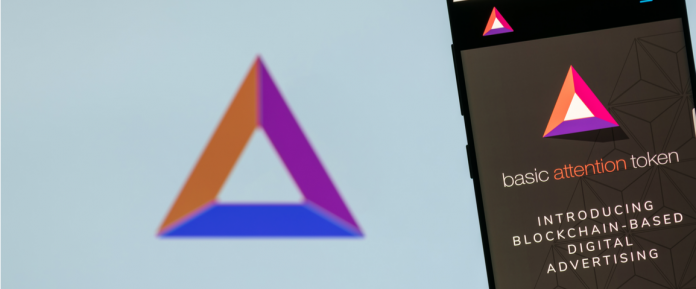
Of late, Brave has gained a following thanks to its attempts to reward content creators with its Basic Attention Token. The reward system is now in full swing, and independent website operators can receive BAT tokens as a reward for hosting advertisements.
Since August, the number of sites participating in this program has doubled. Over 9000 websites have registered as BAT publishers, but users are questioning how many of these sites are actually legitimate. Fake sites that have signed up for rewards seem to run rampant. How accurate is this criticism?
What Are Fake Sites?
Although many BAT publishers, such as Vice and Vimeo, are high profile websites, there are signs that a number of fake sites are merely taking advantage of the reward system. These sites can be nearly empty in terms of content. Some exist as duplicates of each other, and others act as click-through sites designed to attract traffic.
Sub-par sites are widespread. On Reddit, one user reports a site with a design that “looks like a swastika” and notes that the site’s “only content is a linked YouTube video.” Other dubious websites consist of links to IMDB pages, are filled with ads, or contain other placeholder material. One skin care site is duplicated across several listings.
How Are BAT Rewards Distributed?
At the moment, content creators that have registered with Brave receive rewards based on how often users visit their site. As Brave explains:
“The Brave browser automatically and anonymously keeps track of sites each user visits. The more times that a user visits a site, the larger the proportion of the user’s monthly contribution is ‘ear-marked’ for that content creator.”
Presumably, each mainstream website attracts far more visitors than each fake website. Although this would limit the number of BAT tokens any individual fake site could earn, fake sites could collectively become dominant and earn more than legitimate sites.
So is this a real problem?
As it turns out, about 4200 out of 9129 Brave publishers have an Alexa global ranking of 1 million — the lowest rank that the Growth Pool surveys. That means that just under half of Brave publishers have very low rankings.
Of course, many of these sites are simply low-ranking but legitimate websites that deserve rewards. The opposite is true as well: some fake sites can achieve plenty of traffic. In any case, BAT adoption is rapidly growing, and low-ranking sites are a substantial part of that growth.
Suggested Reading : Read about the best cryptocurrency wallets available now.
Does Brave Stop Bad Actors?
Apparently, there are checks in place to prevent bad actors from profiting. One BAT team member has reassured the community that Brave uses an anti-fraud system to flag and suspend bad actors before they receive payouts. KYC/AML procedures also deny payments to some fraudulent sites.
This means that receiving BAT payouts is substantially more difficult than registering for those payouts. On the other hand, this also means that the BAT User Growth Pool, an unofficial metrics project, may be overestimating BAT’s adoption rate — it is not clear how many participating sites are actually receiving rewards.
The post Are Fake Websites Abusing Brave’s BAT Reward Scheme? appeared first on UNHASHED.

Unhashed.com is author of this content, TheBitcoinNews.com is is not responsible for the content of external sites.
Our Social Networks: Facebook Instagram Pinterest Reddit Telegram Twitter Youtube










